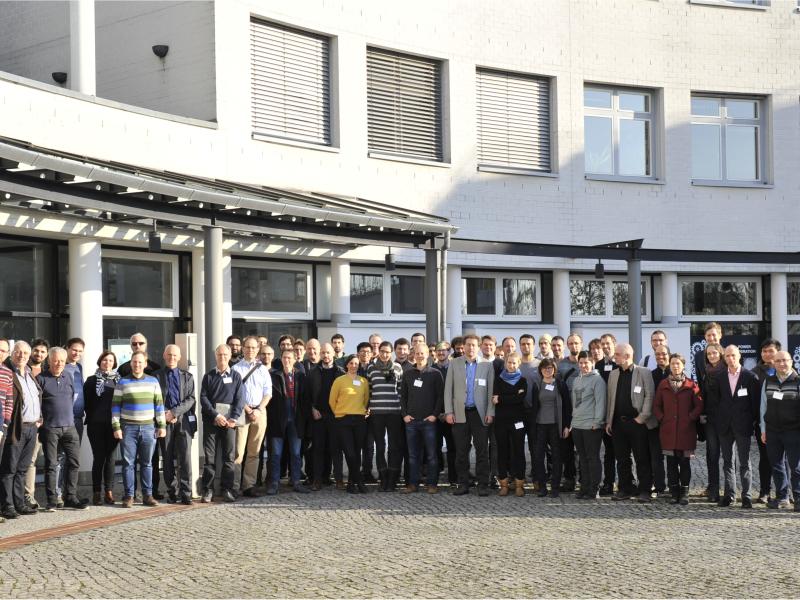The 12th Annual Workshop Photonic Devices has been successfully held at Zuse Institute Berlin. Nine invited talks, 19 contributed talks and 18 posters related to numerical methods, simulation and physical properties of novel photonic devices motivated fruitful discussion among the 100 international participants of the 2-day workshop. The workshop has been organized by the Computational Nano Optics group at Zuse Institute Berlin.
